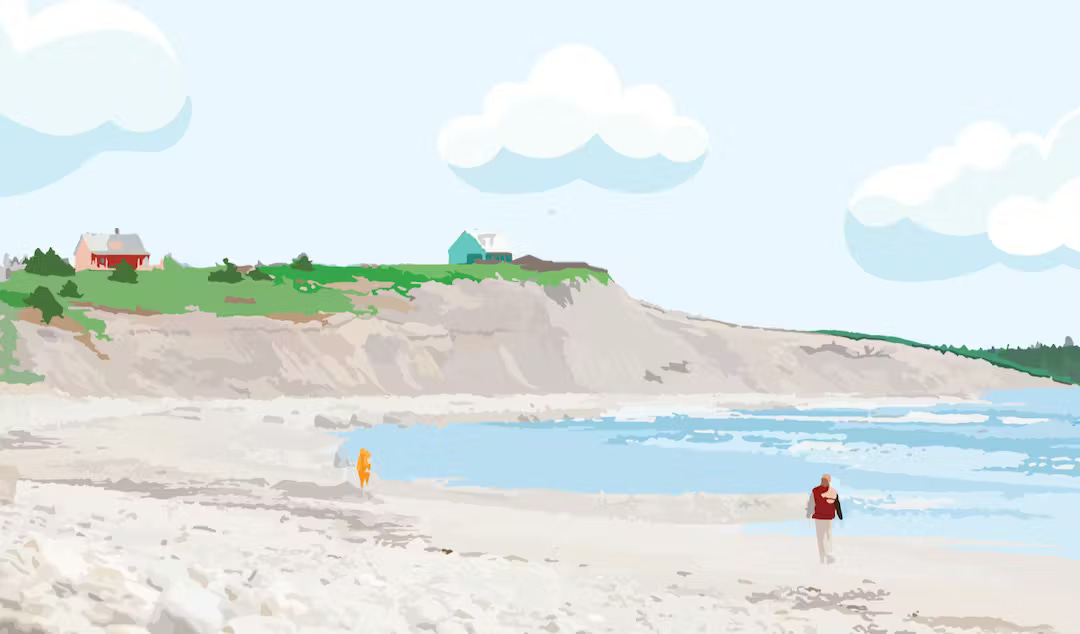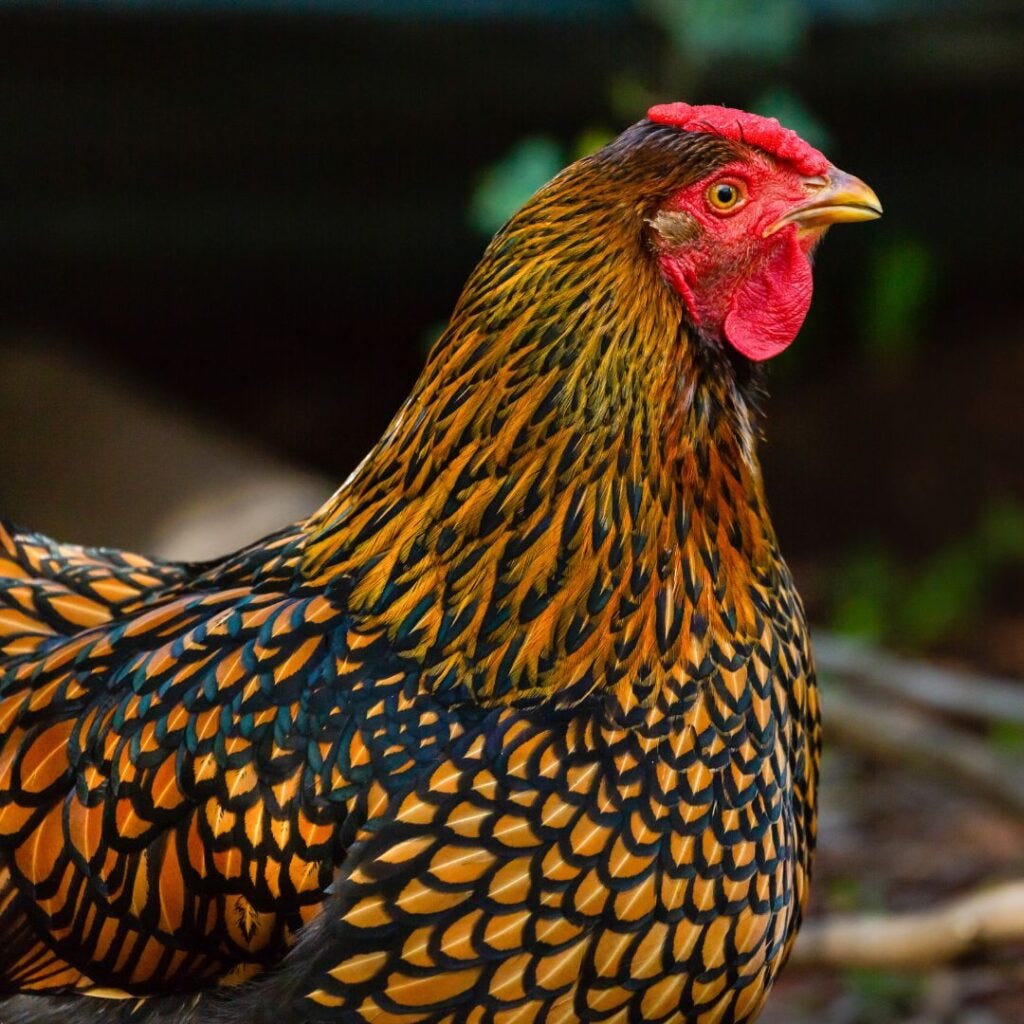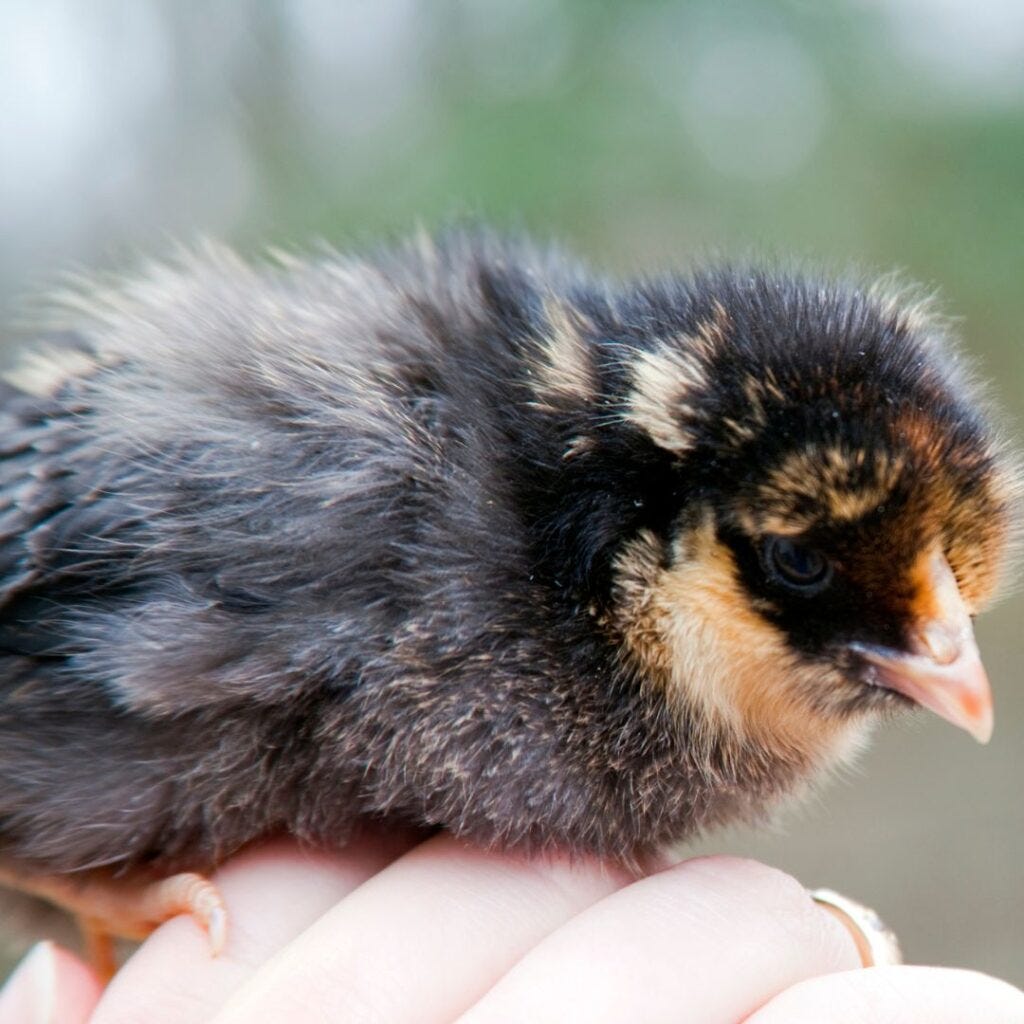A card arrived in the mail with a lovely watercolour depiction of Hirtle’s Beach. “Talk to us about coastal protection,” read the accompanying text.
The province stepping up and putting in place the long-awaited Coastal Protection Act?
Not at all.
Rather, the Municipality of the District of Lunenburg (MODL), impatient with the provincial delay in the act, is moving ahead with plans of its own to protect the coastline.
The municipality has set up a website, is actively seeking consultation from the public on the proposed legislation, and hopes to have everything in place by the end of 2023.
Why is MODL doing this? “Regulations controlling where and how coastal development can occur in MODL are needed now,” the municipality writes. “We are facing a climate emergency that is causing rising sea levels and an increase in extreme weather events. At the same time, development pressures and land values have resulted in unsustainable forms of development along our coast.”
In particular, MODL wants to halt housing development along the coast, ensuring setbacks for any new development, taking into account areas at risk of coastal flooding, or near or within sensitive coastal ecosystems.
While that all sounds good and fine, it’s just a start, and potentially not a great one.
First of all, it points to the development of a patchwork system toward coastal protection. How will MODL’s proposed legislation work within the province’s once the latter is introduced? Ideally, it will offer an extra layer of protection; but it could lead to conflicts between the two once the the province introduces its regulations.
Secondly, while the municipality broadly paints it as “coastal protection” legislation, it’s only a start.
The province, for instance, is looking at the possibility of establishing wind farms in key locations around the province. One of those is in Mahone Bay. That raises the possibility of the municipality suddenly finding itself in negotiations with the province and the Department of Oceans and Fisheries over the development of renewable energy.
And if MODL’s protection only extends to housing and seawalls, then it’s not enough and sadly lacking.
On the surface, MODL’s coastal protection looks like a good idea, but overall it looks like a rushed one that hasn’t been fully thought through.
Still, it’s easy to see the reason for MODL’s frustration. The provincial environment minister Tim Halman once again reiterated last week that he’s not ready to introduce the act. Again, he cited the need for more consultation on an act that’s already gone through a robust consultation process.
NDP Leader Claudia Chender accused the Tories of dragging their feet. That’s stating the obvious. The real question is why?
Coastal protection in Nova Scotia is paramount. It’s sadly lacking, and it’s angering to see the provincial government walk back on its promise, but a piecemeal approach isn’t the best way forward either, and will only lead to potential conflicts in the future.
What the cluck? More chickens!
Golden Laced Wyandotte (as opposed to a Gold Laced Wyandotte). Photo courtesy of Gilmore’s.
As I write the chirping of birds keeps distracting me. But this time the noise is from within the house. Just behind my desk is a dog kennel, acting as a makeshift hatchery with a heat lamp attached to it. Inside, are three Gold Laced Wyandottes.
We hope these three chicks will be our newest laying hens, and not roosters.
The Wyandotte is described as a beautiful and useful chicken breed that was named after a Native American tribe prevalent in parts of upstate New York and Ontario, Canada, according to The Livestock Conservancy.
The conservancy’s mission is to protect endangered livestock and poultry breeds from extinction. Included in its mission are over 150 breeds of donkeys, cattle, goats, horses, sheep, pigs, rabbits, chickens, ducks, geese, and turkeys.
The conservancy said Wyandottes were first named American Sebrights but this was changed to Wyandotte when they were admitted into the American Poultry Association (APA) Standard of Perfection in 1883.
The latter is meant to be "complete description of all recognized breeds and varieties of domestic poultry." The standard claims it is “the foremost authority to poultry judges, breeders, and exhibitors and a reference for anyone trying to breed quality poultry.”
Golden Laced Wyandotte chick. Our chicks resemble this bird. Photo courtesy of Gilmore’s.
Originally, the breed was recognized as the Silver Laced Wyandotte, but since then they’ve developed into a number of other colours. They are described as friendly, calm, and cold-hardy. The eggs range from light to brown in colour. The hens weigh about six-and-a-half-pounds.
The Wyandotte graduated from The Livestock Conservancy’s priority list in 2016 and is no longer considered endangered.
Everything you could possibly want to know about the Wyandotte may be found over at Gilmore’s, which has written an authoritative article on the bird. It covers everything from its description to preparing the coop for the breed. Gilmore’s itself is a family owned and operated grain and feed store in Walpole, MA, and has been in business for over 150 years.
From the computer screen to the air waves
If you enjoy my ramblings on the computer screen, perhaps you’ll like my musings on radio. Starting toward the end of June or the beginning of July, I will be hosting a one-hour, bi-weekly show on books on community radio.
You can tune into Coastal Villages Community Radio to catch my show, Lines by the Water. On Lines by the Water I will interview authors, review books, and share literature-related news. A lot of what I review will be related to South Shore of Nova Scotia, which is our primary audience. That means books related to nature, water, the fishing industry, history, literature, and much more.
But I promise I’ll be casting a wide net when it comes to what gets covered.
I hope you’ll give it a listen.
What I’m reading
In Swamplands, author and journalist Edward Struzik travelled from Hawaii to the Arctic in the pursuit of peat. Subtitled Tundra Beavers, Quaking Bogs and the Improbable World of Peat, the book is a convincing head-turner. It ultimately sways the reader that the pejorative notion of swamps is wrong and that far from useless land, swamps, bogs and fens are vital and support many rare and endangered species. Every essay is carefully constructed and waxes rhapsodic on the beauty of swamps and the life that thrives within them. Struzik explores mountain fens, relates how peat immaculately preserves bodies in the far north, and tours the Great Dismal Swamp.
Toward the end of the essay on the latter, Struzik writes of all the differing, remote peatlands he’d visited that they “look as if no one had passed through, save for the storms that have weathered them, and the patches of sunlight that make their dark matter suddenly glow, like the pink light of the rising and setting sun that warms up snowy mountain tops.”
Struzik continues: “Each place has something special - a rare orchid or moss, a songbird or animal, a butterfly or moth, a wasp or spider or some other living thing that has yet to be discovered. Peatlands are difficult to assimilate because they are ambiguous, dangerous and sublime, and yet, in big and small ways, they offer so much that benefits us.”
By the book’s end, Struzik has discovered not a wasteland, but rather an ecosystem that stores carbon, filters water, mitigates flooding, slows wildfire, and provides refuge for endangered species.
I promise you: reading this fascinating, lively book of essays that you will never once become bogged down. In the realm of nature literature, Swamplands is an essential read.







Great Post. & Being a "Bog & Barrens Man", your book review too. Look forward to hearing you in the..ear!
https://www.canada.ca/en/parks-canada/news/2023/06/parks-canada-contributes-more-than-525000-to-advance-the-indigenous-led-westcoast-stewardship-corridor-with-first-nations-partners-on-vancouver-island.html